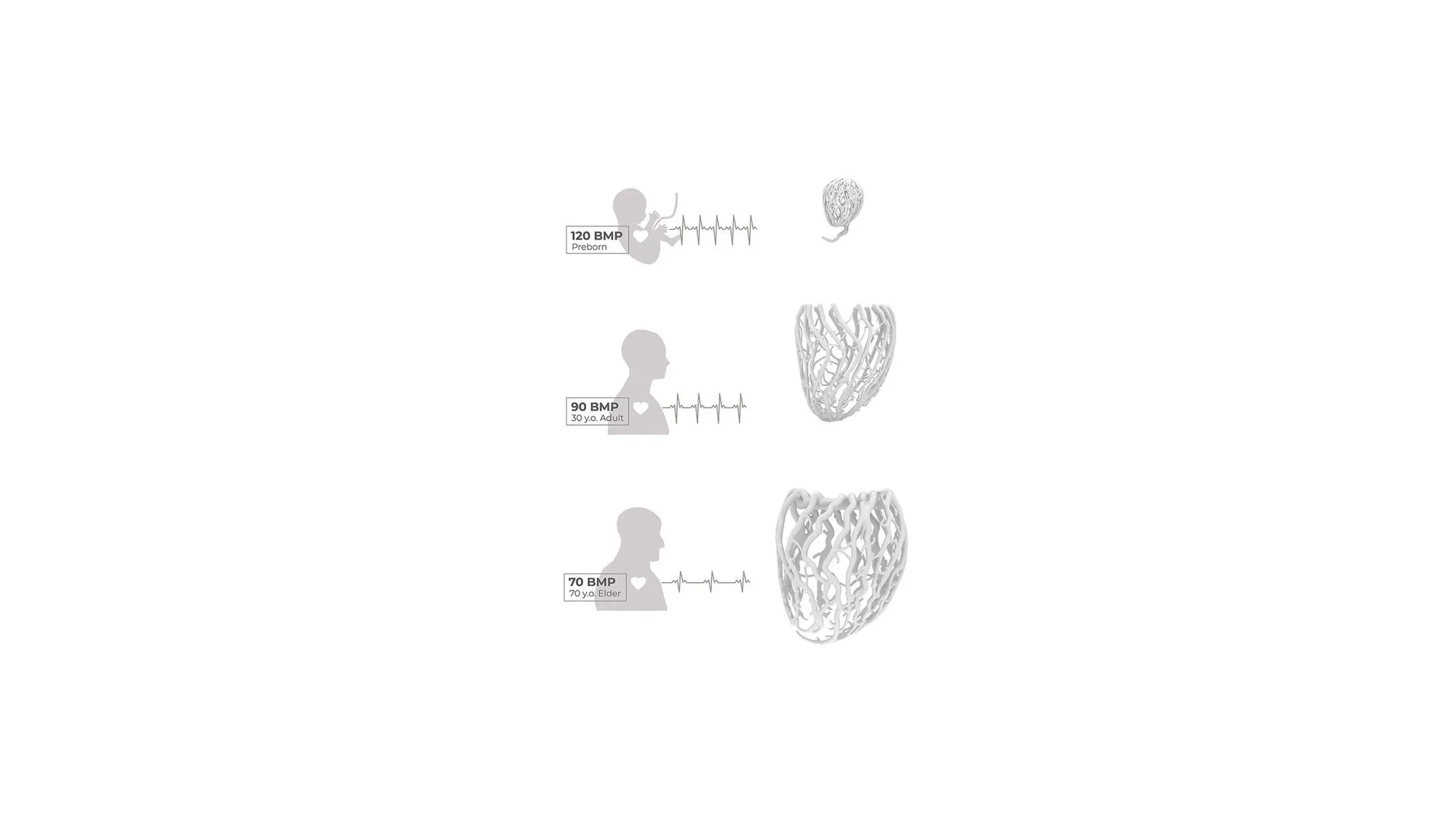
Life Lamp: Connecting Design and People Through Emotion
| Date | 2020-06-01 |
|---|---|
| Authors | Daniel Nunes Locatelli, Leonardo Prazeres, Guilherme Giantini, Vitor Curti, Carlos Augusto Requena |
| Place | ECAADE 2020 Anthropologic |
| Language | English |
| Link | Life Lamp paper at ECAAD 2020 |
Life Lamp represented a dual endeavor, serving as both a project and a research initiative. As a freelancer, I dedicated my afternoons to collaborating with Estúdio Guto Requena, contributing to the computational strategy to bring the already established concept to life.
The design process is a hybrid between top-down and bottom-up approaches. We worked both with predefined heart-like 3D models as the design base and with agent-based modelling, widely explored by Craig Reynolds in the 1980s.
The programming part was developed using Grasshopper 3D, the two-weeks old plugin Culebra v2.0 for the agent-based modelling in conjunction with the plugin Firefly to capture the heartbeats.
This work became later a paper presented at the ECAAD 2020
Connecting Design and People Through Emotion
Nowadays it is possible to use technology to achieve emotion-oriented products related to the user experience. The aim of this paper is to address a design exploration that combines the use of algorithmic modeling in order to create a design that seeks to express meaning through emotional bonds with people.
Life Lamp was created to represent a life cycle as a sensitive object consisting of three layers and a unique shade that produces a complex image, expressing the paths and surprises of our existence.
The design process is a hybrid between top-down and bottom-up approaches. The designers worked both with a predefined heart-like 3D model as the design base and with agent-based modeling, widely explored by Craig Reynolds in the 1980s.
Life lamp is a product that emerged as a result of Estúdio Guto Requena's research that investigates the impact of digital culture through design by seeking to merge technology and affection.



©️ Cover photo: Decimal